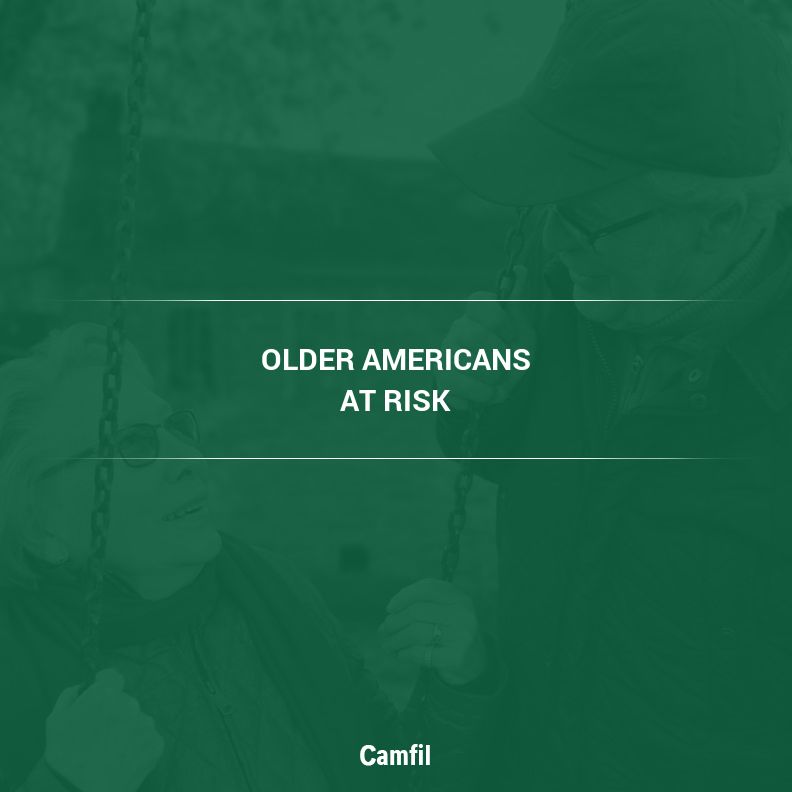Low Levels of Particulate Matter Can Be Deadly to Older Americans, According to Large 2022 Study by Health Effects Institute
Air pollution is one of the leading causes of premature death across the globe, with an estimated seven million premature deaths attributed to indoor and outdoor air pollution by the World Health Organization (WHO).
While we tend to think of air pollution fatalities as a far-away problem in developing nations that don’t affect Americans, a new study by the Health Effects Institute (a group funded by the EPA and various players in the fossil fuel industry) strongly indicates otherwise.
Related Post: Air Pollution and COVID-19 — Study Shows Exposure to Air Pollution Increases Risk of Getting Sick with COVID-19
2022 PM2.5 Study Shows Premature Deaths Related to Air Pollution in the USA
The study, led by Dr. Francesca Dominici of the Harvard T.H. Chan School of Public Health, examined public health data from 68.5 million Medicare recipients between 2006 and 2016.
The study had four broad goals:
- Estimate long-term exposures to concentrations of PM2.5, ozone, and nitrogen dioxide across the contiguous United States between 2000 and 2016.
- Develop a framework for establishing causal non-linear relationships between air pollution exposure and adverse health effects that accounts for measured and non-measured confounding factors and multiple exposures.
- Apply these methods alongside traditional regression models to estimate mortality by year and zip code associated with air pollutants.
- Develop approaches for data sharing, record linkage, and statistical software to encourage transparency and replicability of the study.
The study found that the average concentration of PM2.5 that participants were exposed to was 9.8μg/m3, but the range was from 2.8 to 17.2μg/m3. Researchers observed a strong linear correlation between exposure level and health complications below the U.S. limit of 12μg/m3, but this relationship became less distinct at higher exposure levels.
“The finding of increased risk of all-cause mortality in the low exposure subcohort across the various analytical approaches increases the confidence that mortality is associated with long-term concentrations of PM2.5 below the current U.S. standard,” the researchers concluded. The team estimates more than 140,000 deaths that occurred between 2006 and 2016 could have been prevented if the U.S. standard for PM2.5 had been as low as the WHO’s recommended guidelines of 10μg/m3.
Indoor Air Filtration — a Workable Solution for Pollution-Related Health Effects
Exposure to levels of PM2.5 well below the U.S. limit of 12μg/m3 was linked to premature mortality. The U.S. limit is already higher than the WHO’s suggested limit of 10μg/m3. Many medical professionals and public health advocates suggest tightened restrictions to prevent deaths and health complications resulting from exposure to particulate matter. Others fear the restrictions will lead to lessened freedom for individuals and stunted technological innovation and economic growth.
Related Post: Camfil & the Healthy Indoors Alliance Initiative
Either way, reducing emissions of particulate matter at the source is a long journey requiring action from governments and manufacturers alike. But there are actions that can be taken by individuals, businesses, and other establishments in the meantime to protect our lungs and help prevent pollution-related deaths.
In the United States, we spend at least 90% of our time indoors, according to the EPA. Indoor air can be as much as fifty times more polluted than outdoor air due to lack of ventilation and indoor sources of air pollution. The reality is for most of us, the majority of our exposure to air pollution occurs inside.
One way to address indoor air pollution is by introducing and upgrading air filtration and ventilation systems in residential and commercial buildings. Camfil’s City M air purifier uses medical-grade Absolute® HEPA filters to target particulate matter and activated carbon filters to target gaseous pollutants. The certified HEPA filters within the City M are 99.995% efficient at capturing particulate matter at the most penetrating particle size (MPPS).
Read more about air filtration solutions that combat particulate matter.
About Camfil Clean Air Solutions
For more than half a century, Camfil has been helping people breathe cleaner air. As a leading manufacturer of premium clean air solutions, we provide commercial and industrial systems for air filtration and air pollution control that improve worker and equipment productivity, minimize energy use, and benefit human health and the environment. We firmly believe that the best solutions for our customers are the best solutions for our planet, too. That’s why every step of the way – from design to delivery and across the product life cycle – we consider the impact of what we do on people and on the world around us. Through a fresh approach to problem-solving, innovative design, precise process control, and a strong customer focus we aim to conserve more, use less and find better ways – so we can all breathe easier.
The Camfil Group is headquartered in Stockholm, Sweden, and has 31 manufacturing sites, six R&D centers, local sales offices in 35+ countries, and about 5,200 employees and growing. We proudly serve and support customers in a wide variety of industries and in communities across the world. To discover how Camfil USA can help you to protect people, processes and the environment, visit us at www.camfil.us/
##
Media Contact:
Lynne Laake
Camfil USA Air Filters
T: 888.599.6620
E: Lynne.Laake@camfil.com
F: Friend Camfil USA on Facebook
T: Follow Camfil USA on Twitter
Y: Watch Camfil Videos on YouTube
L: Follow our LinkedIn Page
Sources:
https://www.epa.gov/report-environment/indoor-air-quality
The post Older Americans at Risk – Low Levels of Particulate Matter Can Be Deadly appeared first on Air Filters for Clean Air.

